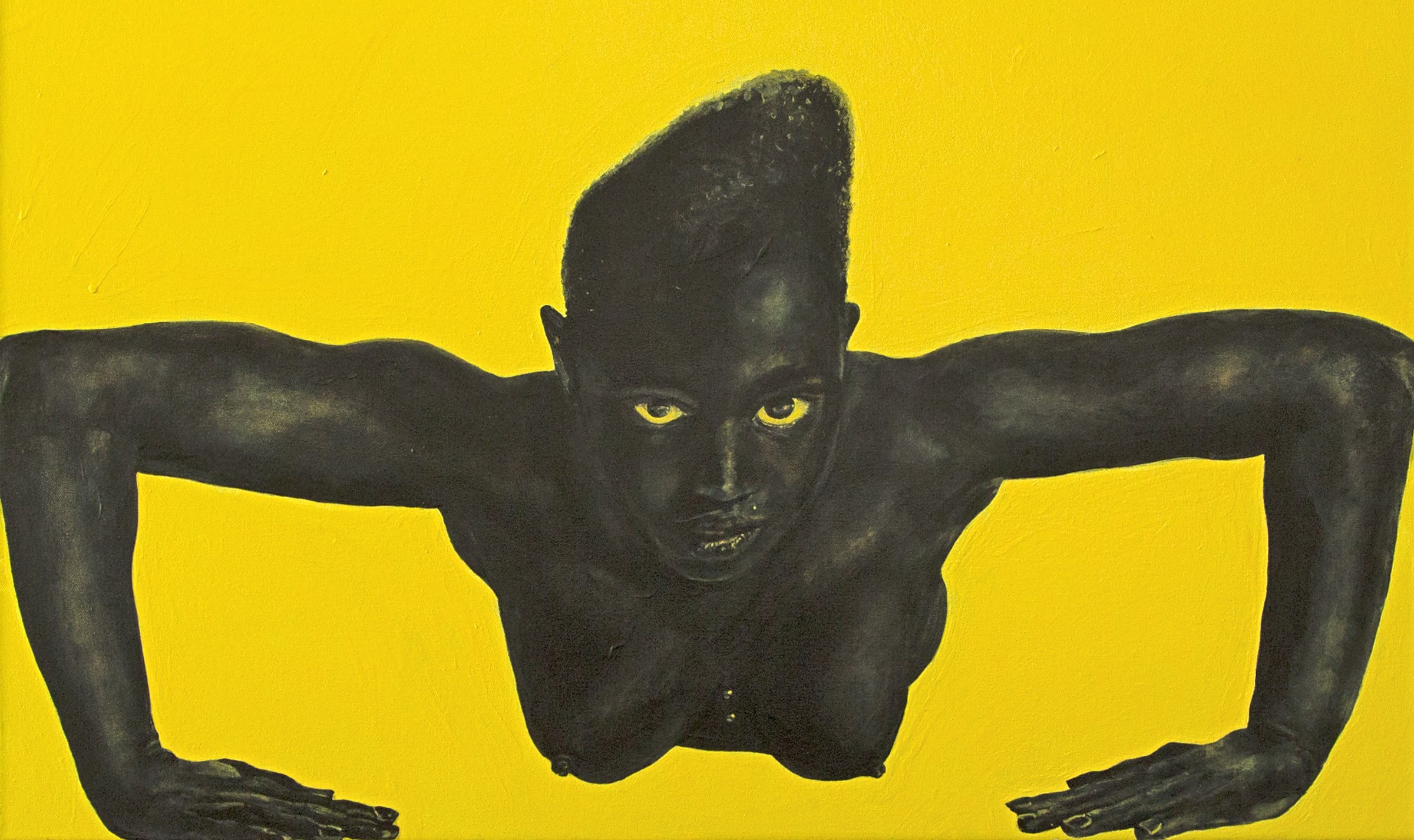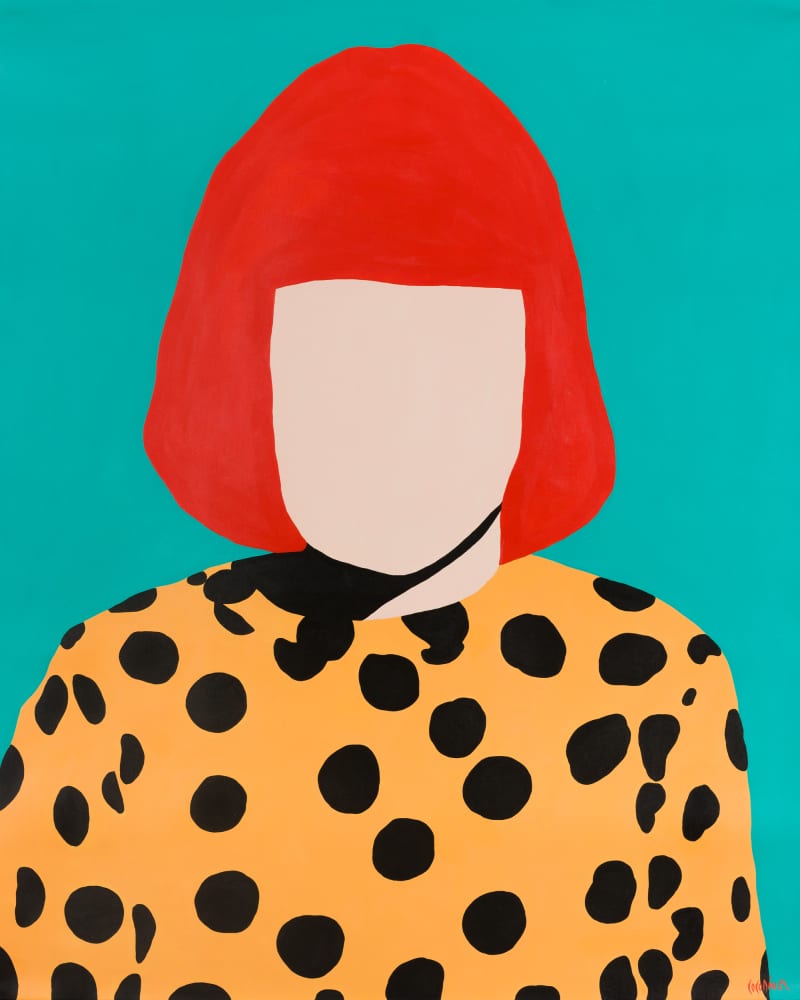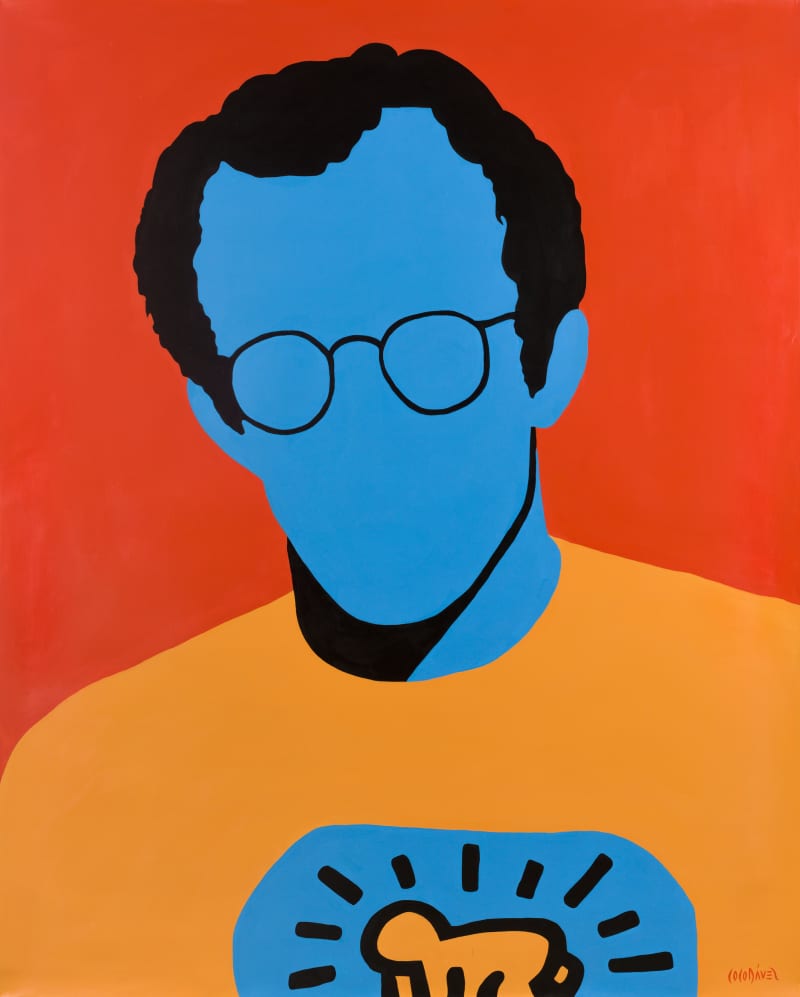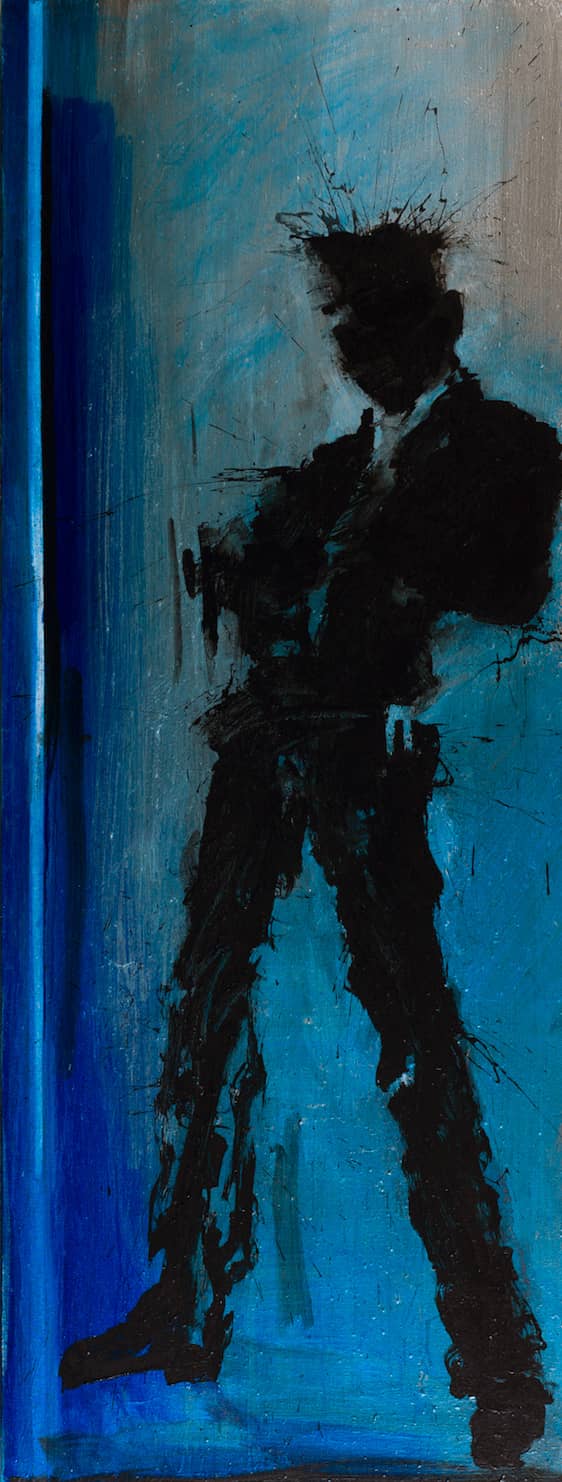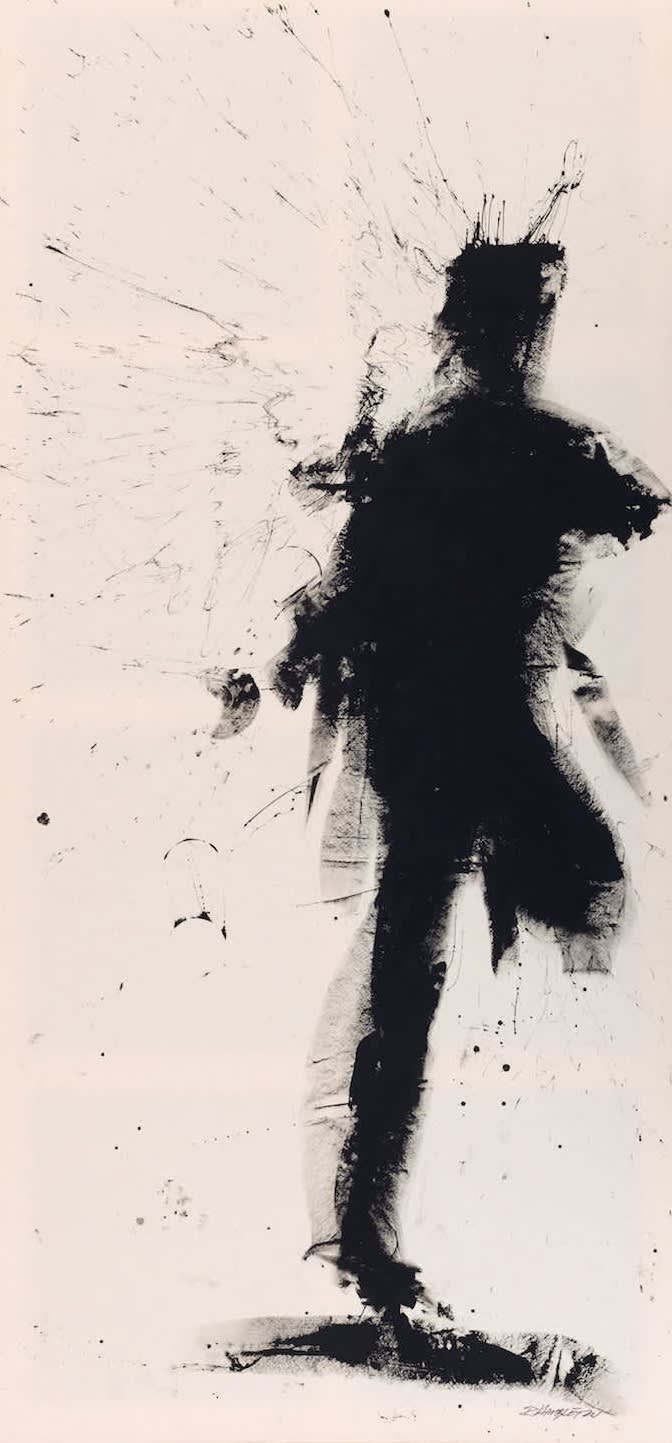Throughout history, artists have focused on the human subject in their art. Depicting kings and queens, heroes, poets, but also regular people, we can trace the evolution of societies by looking at art from different time periods. But how do people use the body in contemporary art? Below, we examine several artists who approach the subject in innovative ways of artmaking.

Dawn Okoro
Dawn Okoro’s vibrant and lively paintings of women are inspired by fashion photography, punk culture and the mixture of American and Nigerian cultures which inform her work. The artist portrays women, but her way of painting is a departure from the traditional representation of women in art. Instead of sitting in a staged pose for the painter, restrained from movement and mute in emotion, Okoro’s paintings are full of life. The women she depicts dance, move, jump, bend and express their inner selves. She captures the spirit of her subjects, and renders them in a way which is relatable to the viewer, and dynamic in composition. Situated in a negative space, which is often covered in gold leaf, the focus is on the figure, instead of the figure being part of a scene. The emphasis on the female painting subject which is free from conventions and engaged in movement enlivens our perspective of the body in art, and we feel the excitement, energy and positive emotion emanating from Okoro’s paintings.

Graceland London
Graceland London is a visual artist and illustrator whose main subject of choice is the character of the Femme Fatale. Painting women who are engaged in temporary hedonistic pleasures is a fresh and contemporary take on the depiction of bodies in art, specifically females. Whilst historically, women were depicted in a static state, calm, tender and harmless, Graceland’s work is the polar opposite of that concept. Instead, her work is bold and provocative, touching on subjects such as narcissism, mass consumption and reckless behaviour. The bodies in her work are not concerned with how they appear and what people would think of their actions. They are immersed in their own world, engaged in activities such as drink driving, sitting in a train naked, smoking and submerging themselves in water as they cry. Depicting the sinister side of our culture today, we empathise with these figures, as we see a part of ourselves in there. And that part may not be what we show to the public, but it exists within us. This way of using the body in art is a bold statement, and a rebellion against authority, control and tradition – not only in painting, but in our contemporary culture.

THE CONNOR BROTHERS
The Connor Brothers, originally London art dealers, are a renowned artistic duo known for their depictions of pin-up models coupled with pithy text. They use the glamorous female form, which is what attracts the viewer in the first place. When looking at the title, which features as text in the painting, we not only look at a work of art – we look at a story. The text acts as context for what the figure is doing. For example, ‘I Drink to Make Other People More Interesting’ features a woman who is looking directly at the viewer, holding a glass of wine. The humour in their work is what differentiates it from traditional ways of portraying the female body in art. Provocative and witty, their subject is not the protagonist. Instead, it is a woman drinking alone, deep in melancholia; a woman who knows people talk about her behind her back but doesn’t care; a woman who dreams of being someone’s special person; a woman who smokes a cigarette as she makes no time for men who want her. The artists’ usage of the body in art is not an attempt to record a figure in an impeccable form, a figure which poses for the painter knowing he is painting her – that is a thing of the past. Instead, they depict states of mind which are relatable to a wider society living in a modern world.

Coco Davez
Coco Davez is an artist who blends the concepts of abstraction and of figuration. Her work is primarily based on depicting people she looks up to, people who are important in the worlds of art, music and film. In that respect, her way of using the body in art is similar to the motivation of traditional painters – to record a notable figure. However, the way she renders her subjects is significantly different to what conventional norms of painting dictate. There is no masterful blending of colour, subtle nuances of the skin tone of the face, and impeccable detail. Instead, her paintings feature blocks of colour which, put together, make for a figure. In this way, her work is like a test for the viewer – do you recognise this person? Davez goes one step further in the removal of traditional painting, and anonymises her subjects by not painting any facial features. This way, our recognition of the people she depicts are based on our own cultural awareness. A bold move, this is welcome in the contemporary world of art, where painting bodies is no longer subject to academic rule. It is open to interpretation, both by the artist who makes the art, and the viewer who appreciates it.
FURTHER AVAILABLE WORKS
Basket
Please note items are not reserved until you have completed checkout.
No items found
Close
Your saved list
This list allows you to enquire about a group of works.
No items found
London
Gstaad
Los Angeles
